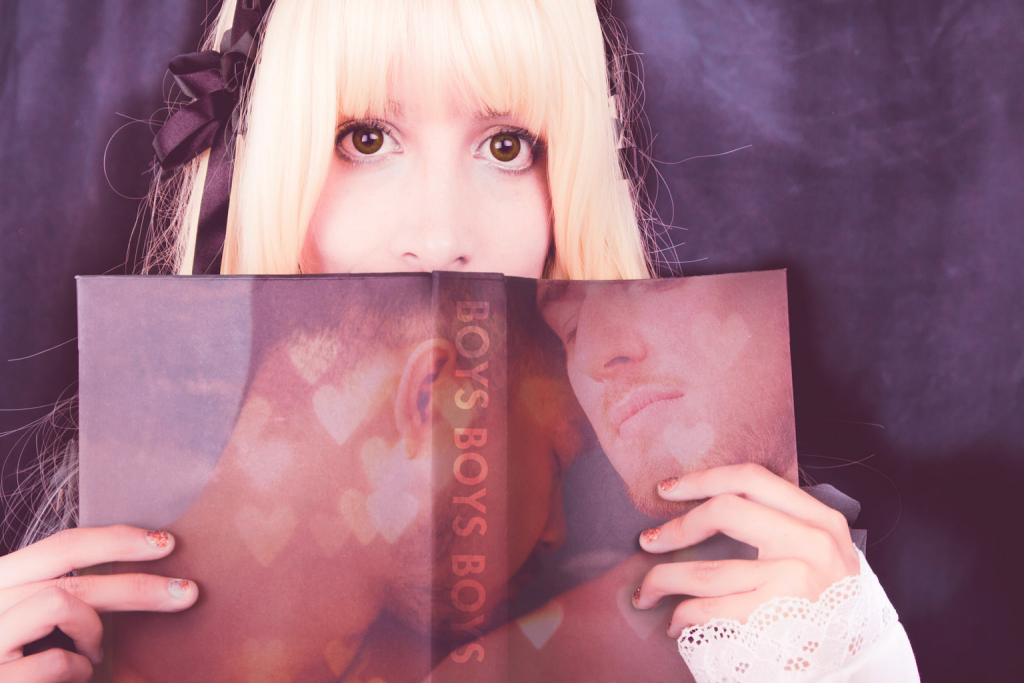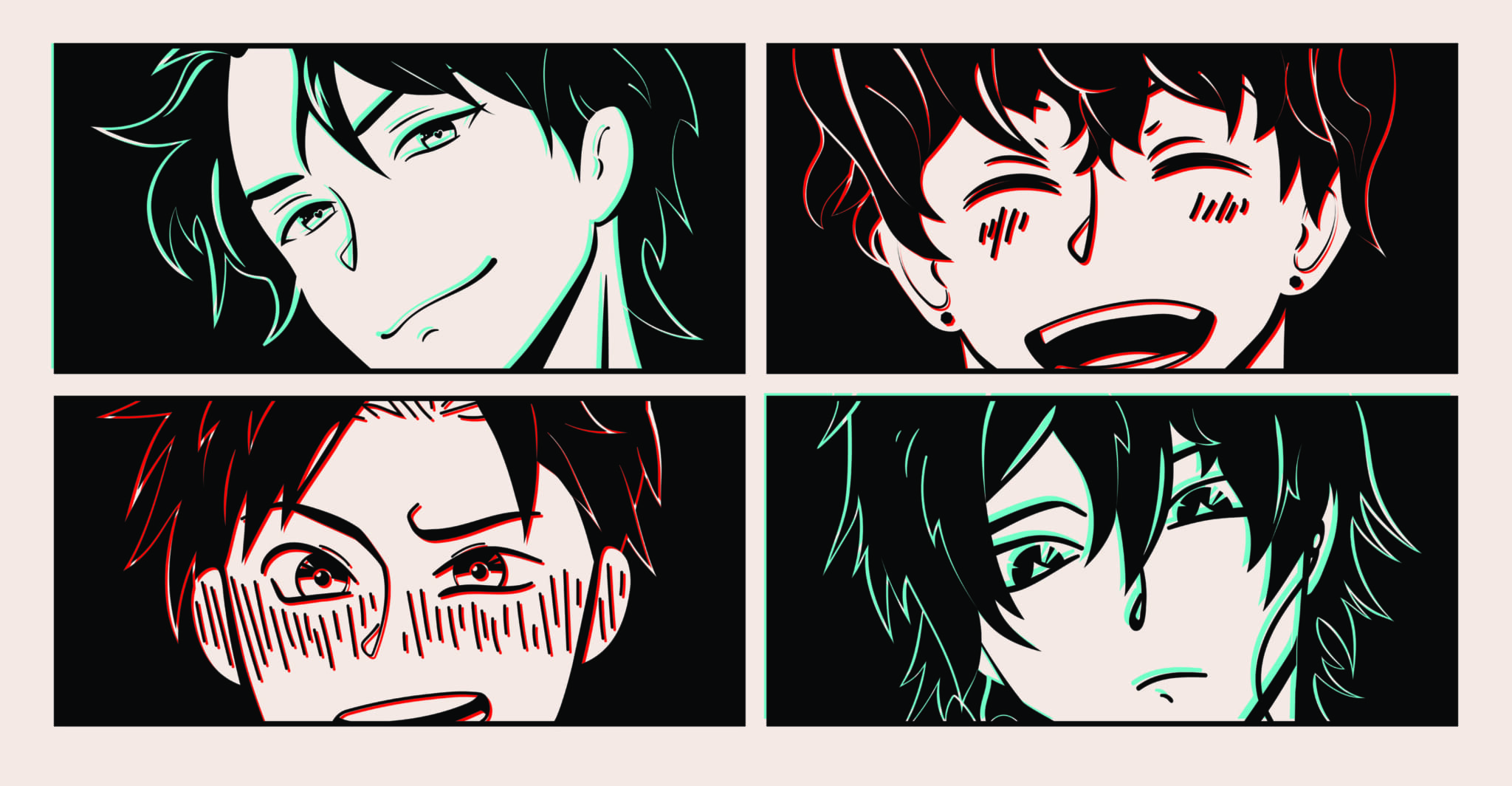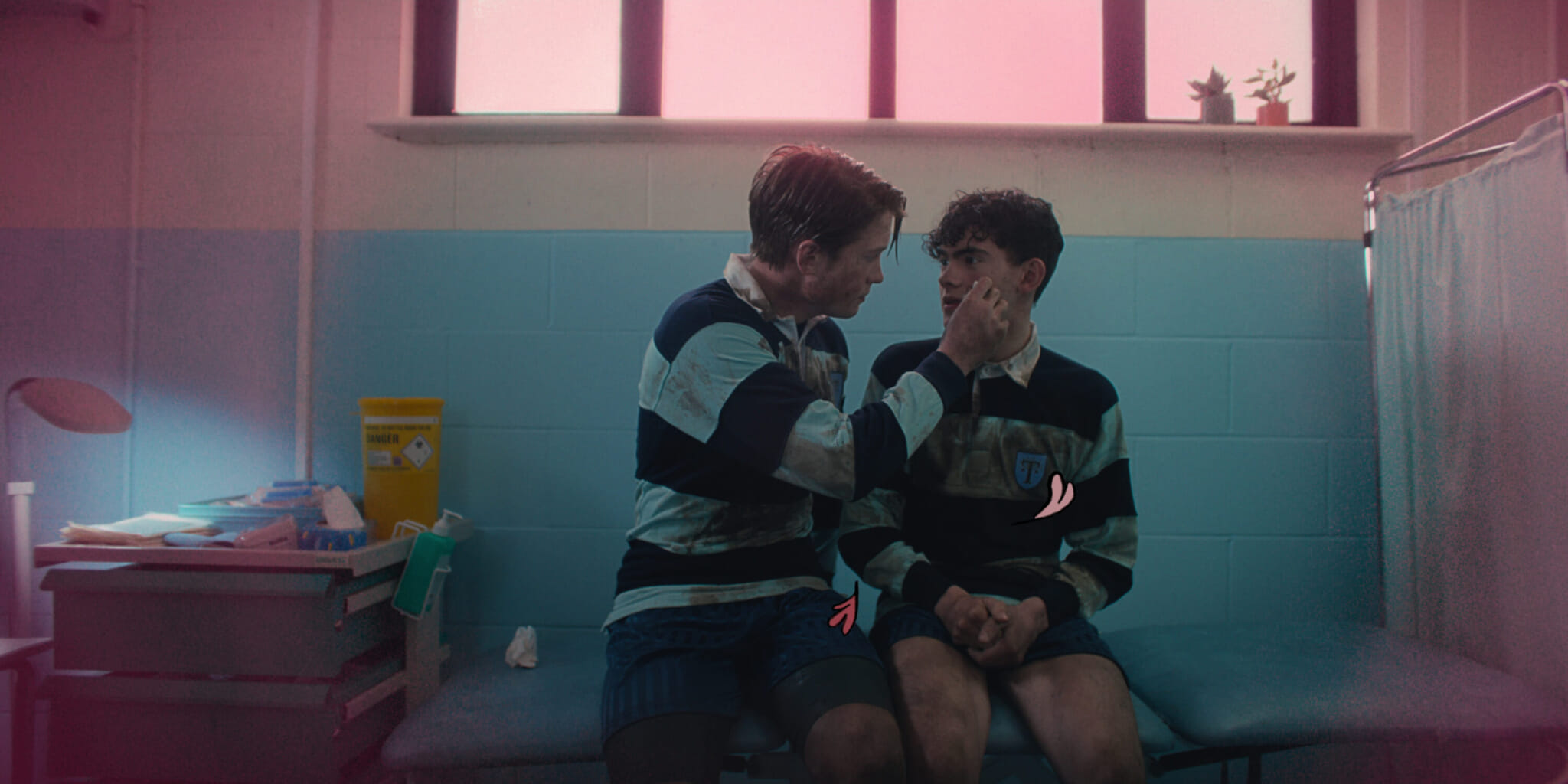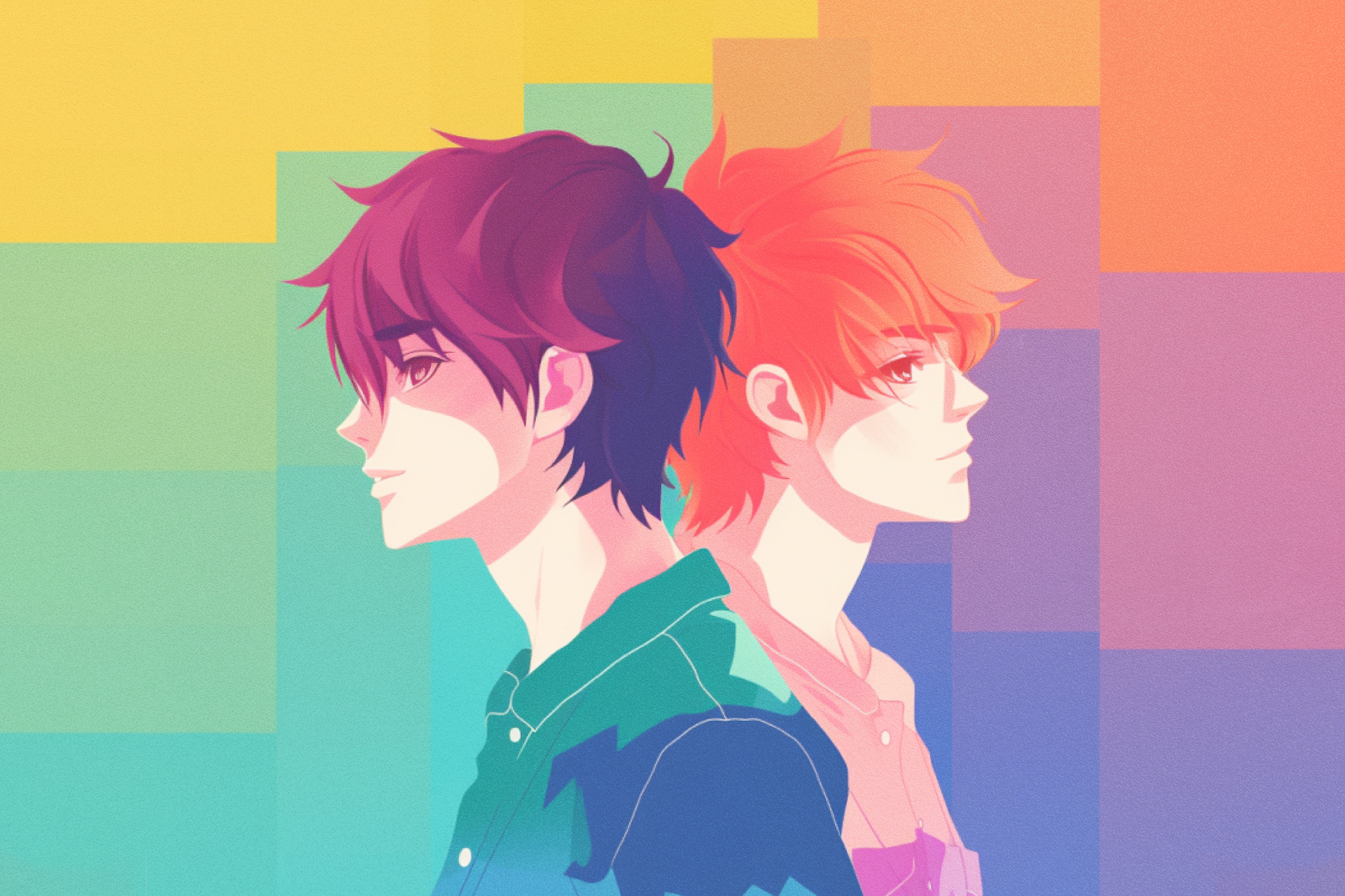If you go into a bookstore in Japan and meander through the shelves of manga, wedged in the corner, you’ll find a section with an array of shiny, colorful covers displaying beautiful men gazing seductively into the distance, at each other, or at you. You’ve entered the kingdom of BL, or “boys’ love,” a genre of homoerotic manga, novels and anime depicting — you guessed it — boys’ love. It might seem bizarre to many that Japan, a country where same-sex marriage remains illegal, puts on such a flashy display of queer romance. So, what function does BL serve and who is it really for? BL fills a niche for romantic stories and smut made by and for women, and has the potential to be a great representation of the LGBTQ community, but in its current state, it may be causing more harm than good.

Female Viewership
Most authors and readers of BL are cisgender, heterosexual women. According to a survey conducted in 2018 by the bookstore chain Tsutaya, at least one in five women enjoy the BL genre. There are several reasons why BL is so popular, and it’s not just that there’s double the eye candy. For one, straight female readers can read BL without the need to compare themselves to an attractive heroine. Many romance manga narratives have a successful, handsome man falling hopelessly in love with a plain heroine whose attractiveness comes from her personality. These tropes serve the dual purpose of minimizing envy while giving the reader hope that they too could be part of a beautiful love story. The only “better” way to serve these functions is to get rid of the woman completely. With a BL romance, the female reader has no potential for jealousy, for she cannot trade places with anyone in the relationship.
I certainly think there is a feminist analysis of BL’s popularity. In a lot of mainstream romance and erotica, female characters take on the submissive role. Beyond literature, there’s a lot of pressure for women to look and behave a certain way and cater to the needs of men, particularly romantic partners. In that way, with the absence of a woman, BL eliminates the power imbalance that exists in a heterosexual relationship. BL carves out a space for women to explore their sexuality without the limitation of patriarchal expectations. In a world where pornography is primarily catered towards men, BL fills the niche of erotica for women. As a whole, there is certainly truth in viewing BL as empowering, as an entire manga subcategory made by and geared towards women.
However, it’s important to acknowledge the ways BL is harmful to women as well. It is not uncommon for female characters in BL to be rude, fussy and jealous, taking on a villainous role at times in attempts to get in between the main lovers. Additionally, while BL eliminates the gender power imbalance, it is frightening to think of the misogynistic undertones of the possible belief that the only person “good enough” for their ideal man is another man.

The Fujoshi Phenomenon
Female fans of BL refer to themselves as fujoshi, or “rotten girls.” This self-deprecating label is often declared in a comedic if not proud manner, like a badge of honor. Referring to herself as rotten, the fujoshi acknowledges her indulgence in the guilty pleasure of enjoying watching two beautiful men in love. BL fans avoid being called names by doing it to themselves first, admitting they are rotten, unfit for consumption.
The term fujoshi may not seem harmful at first glance. It even has a similar ring to the “nasty woman” hashtag during the 2016 US Presidential Election. Anyway, it’s self-deprecating, and doesn’t affect others, right? Not quite. The fujoshi calls herself rotten because of her enjoyment of homoerotic relationships, suggesting that there is something inherently wrong with homosexuality, sexual desire, or both. The act of calling oneself a fujoshi, while protecting oneself from criticism, is deflecting the shame to homoeroticism and female desire. The fujoshi admits to enjoying what society claims she shouldn’t enjoy. She is, therefore, agreeing with society that BL is in fact “wrong” and that she is rotten for enjoying it.

Representation or Fetishization?
While BL seems to be a double-edged sword in terms of feminism, it’s similarly confusing in whether it’s good or bad for the LGBTQ community. So, is BL representation or fetishization? I believe this question will continue circling back to its authors, who are, for the most part, straight women. No matter how you spin it, an author’s first audience is themselves. Successful authors write things they would want to read, and BL is curated to be enjoyable for straight women, because the authors themselves are straight women. I don’t know if this automatically insinuates the fetishizing of gay men in BL, but it certainly docks some points from representation. After all, a cisgender heterosexual woman could never completely put on paper the nuances of a gay person’s lived experiences.
Most BL works completely ignore the queer struggle of being at odds with the world’s expectations of them. A lot of BL slide past the common LGBTQ hardships like coming out or being bullied. They exist in a fantasy world where queerness is overlooked, accepted due to some rules of its universe (such as Werewolf and Omegaverse BL, where the non-binary genders of alpha, beta and omega have a sway in sexual attraction), or the characters don’t feel the need to explain their queerness since “we’re not actually gay just gay for each other.”
It is also important to note that not all BL fans are LGBTQ allies. Many of these non-ally BL readers are relatively tolerant, though they would not go out of their way to defend gay rights. Though in the minority, there are also BL readers who actively dislike “real” gay men. They are fans of beautiful, cartoon, masculine men falling in love, but actual homosexuality and gender fluidity becomes too much or even gross for these readers. Alternately, similar to how men who enjoy lesbian porn can be disgusted by the idea of a gay man, BL fans may also support two cute boys kissing but find kissing a girl icky. Knowing the existence of homophobia and misogyny among its viewership, BL runs the risk of being quite problematic.
I’m not saying that BL is entirely homophobic and should be burned to the ground. The past decade has seen a drastic change in the Japanese BL genre, where talented authors have started writing BL to capture the complexities and beauty of a relationship between two men. Mainstream anime such as Given, Banana Fish and Doukyuusei have garnered lots of attention and acclaim. For good or bad, BL certainly increases LGBTQ visibility.
Some BL titles (emphasis on some) also tackle LGBTQ issues. Taketokotatoaoto by Akabeko, a BL manga that centers around a gay couple raising a child, shows a scene where Kota, the son, gets picked on for having two fathers. One of his father’s, Take, explains to Kota that having two fathers may surprise some, but Kota should always know that his family loves him. This shows a genuine problem same-sex parents face, but is it enough to validate the primary point of the manga: the sweet romance and heavy sex scenes between the couple, curated for a straight female audience?
Even if BL isn’t harmful to gay people per se, it’s not an uncommon experience for a gay person to not feel seen in a BL narrative. For one, LGBTQ relationships are often more complicated than the heteronormative seme (the top or “masculine” role) and uke (the bottom or “feminine” role) dynamic seen in most BL. One of the beautiful aspects of LGBTQ relationships is the liberation from traditional gender roles, which BL can fail to express. Many gay men also complain that the actual physical description of sex between two men is simply not accurate in BL, making it evidently clear that the sex scenes in BL are written for women. Whether we see it as fetishized or not, BL won’t be a true representation until we have more LGBQT authors, or at the very least are written with LGBTQ audiences in mind.

World of Possibilities
BL has a long way to go to become an empowering force for women and LGBTQ communities, but I also believe it can go very far. Internationally, we’ve seen great success with narratives about gay men. One of the most notable being Love, Simon, which was the first major studio teen film with a gay main character (and a happy ending), which also happens to have a female author. Heartstopper on Netflix currently has a large fanbase that can’t get enough of the sugar-sweet story about two high school boys. Thailand’s Dark Blue Kiss has caused a stir by bringing up issues about coming out and discrimination. In recent years, Thailand, where BL dramas are growing incredibly popular, has seen significant advances in LGBTQ rights, including the push for marriage equality, which could very well be connected to the visibility of BL in the nation.
I believe BL in Japan has similar possibilities and reach. If done right, stories that touch on LGBTQ struggles can call out injustices within the country and set legislative changes into motion.









